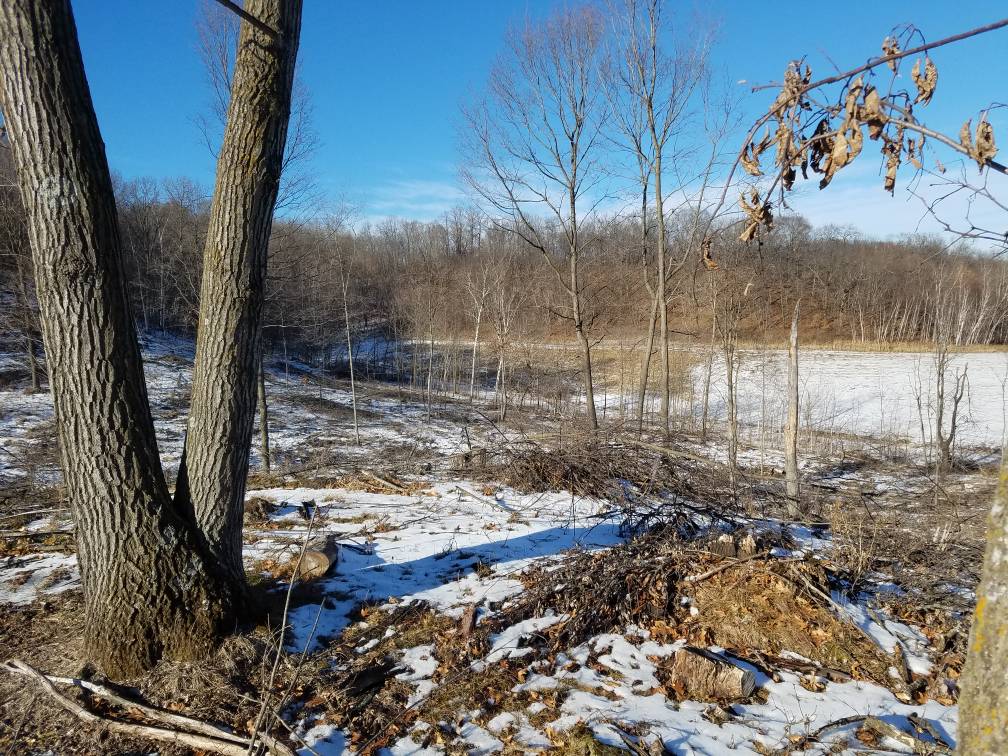HB_Hunter
Well-Known Member
I am going to be spending the majority of my habitat management time this winter in an area that was logged about four years ago. It is very thick with 5 - 10 foot poplar, briers, locusts, etc. There are some nice points that offer good bedding opportunities as well as many benches (old logging roads) that offer bedding opportunities. Many of these spots are so thick that I can barely crawl through them.
Should I try to create narrow openings or just let them go?
Is it possible for them to be too thick?
I ask mainly because I watched one of Jeff's videos and he talks about dead ends/need for easy escape. I feel like these areas are so thick that deer won't feel like they have an easy way out if needed. However, they seem perfect from a hiding perspective.
My plan is to open up the main logging roads to create more predictable movement. Just trying to determine the best plan for the bedding areas.
Thanks for any input.
Should I try to create narrow openings or just let them go?
Is it possible for them to be too thick?
I ask mainly because I watched one of Jeff's videos and he talks about dead ends/need for easy escape. I feel like these areas are so thick that deer won't feel like they have an easy way out if needed. However, they seem perfect from a hiding perspective.
My plan is to open up the main logging roads to create more predictable movement. Just trying to determine the best plan for the bedding areas.
Thanks for any input.





